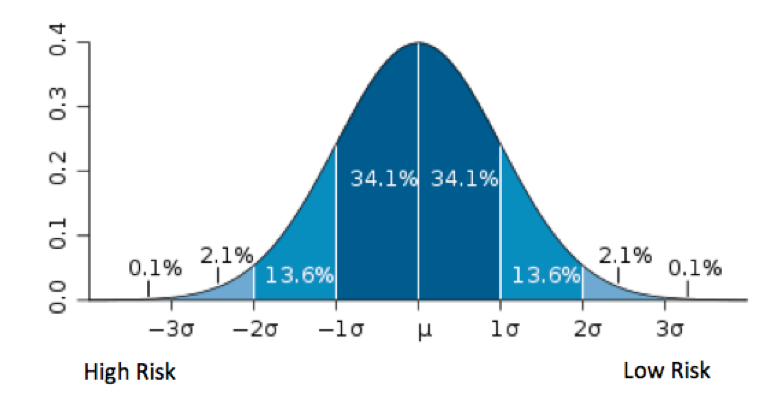Is Compliance an Obstacle to Quality?
By Daniel R. Matlis, President, Axendia Inc. Advisor, FDA Executive Forum.
Can you distribute poor quality products while complying with regulatory requirements? Sure, after all, you can conduct a recall of poor quality products while in compliance with all applicable regulations.
Regulatory compliance and quality are not the same. In fact, industry’s hyper-focus on compliance is often an obstacle to quality. The matter of product quality vs. compliance has recently been given a push toward the quality side through a number of agency initiatives. FDA Commissioner Margaret Hamburg, M.D. states “In recent years the FDA has identified significant lapses in quality by some companies operating in the U.S. and around the world…maintaining high quality standards is a part of the cost of doing business.”
As a result of these serious quality events, “we at the FDA will continue to increase our focus on quality. One way we are doing this is through the creation of a new Office of Pharmaceutical Quality (OPQ) that will create one voice for drug quality at the FDA, and improve our oversight of quality throughout the lifecycle of a pharmaceutical product… All companies must understand that quality is the basis for the public’s trust and confidence in their products and maintaining high quality standards is part of the cost of doing business.”
FDA is shifting its primary focus from regulatory compliance to driving the industry beyond compliance to quality – with the formation of the OPQ as the first step. Howard Sklamberg, J.D., Deputy Commissioner for Global Regulatory Operations and Policy at FDA, was instrumental in establishing the FDA’s OPQ and explains why the change in stance was necessary; “We don’t have the capacity to be in every firm all the time. We want to encourage firms to prioritize quality – and encourage their boardrooms and their pocketbooks – because quality costs money.”
With the renewed focus from regulators on improving quality, the question life sciences executives should ponder is: how can we improve quality and ensure that our company does NOT have to execute regulatory compliant field actions?
The answer is to evolve from reactive to proactive and predictive quality measures, pushing organizations up the quality maturity curve. Driving life sciences organizations to prevent issues before they happen avoids corrective costs that are often magnified post facto. In addition, as the FDA develops their industry wide risk model, developing a lower risk profile will reduce the chances of an inspection, and compliance or enforcement actions following an inspection.
Figure 1 – FDA Grading Industry on a Curve

To learn how the FDA is “encouraging” the industry to move up the quality maturity curve and hear expert advice to support your journey, join me and other life sciences industry leaders for a Quality Roundtable. Register here.

